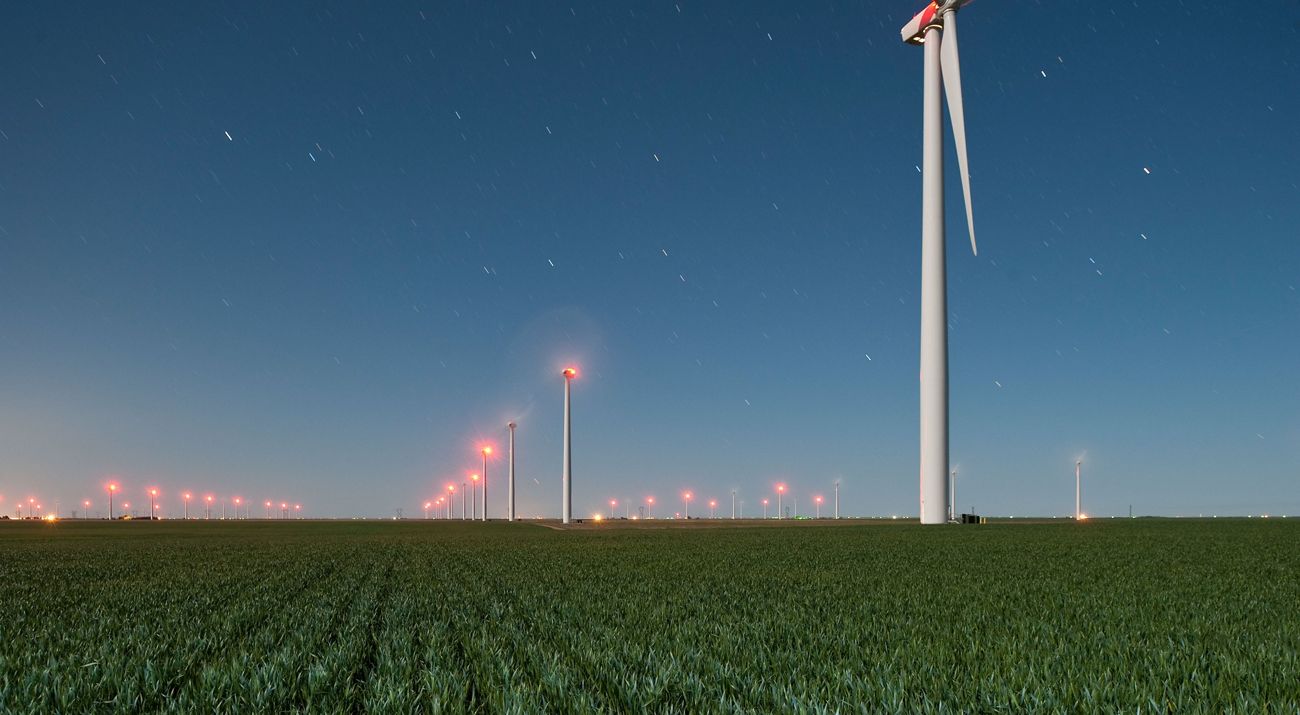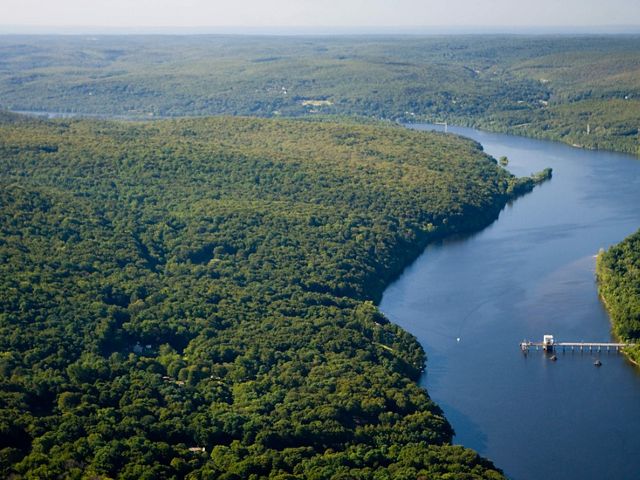
Over the past 10 years breakthroughs in technologically have made clean, renewable energy both accessible and affordable in the United States. For example:
- Nearly two-thirds of the nation’s new planned power generation is either a solar or wind energy project.
- Renewable energy jobs are among the fastest growing jobs in the country.
- Wind power is already cheaper per watt than natural gas in many parts of the country.
Resources
- Site Renewables Right - Midwest Mapping
- Power of Place - West
- Power of Place - California
- California Green Light Study (.pdf)
- Mining the Sun in Nevada
- Mining the Sun in West Virginia
- Accelerating Large-Scale Wind and Solar Energy in New York
- Beyond Carbon-Free: A Framework for Purpose-Led Renewable Energy Procurement & Development (.pdf)
Yet we are still just scratching the surface of the nation’s vast technological, manufacturing, and renewable power resources, along with the potential to lead world markets in the production of clean, homegrown energy.
The Nature Conservancy is working across the country to help private and public partners deliver clean, wildlife-friendly renewable power to customers faster and cheaper.
Working together, we can set the power of nature free.

Our Clean Energy Projects:
Renewable Energy Roadmaps
TNC is mapping areas that identify the best solar and wind resources, near existing transmission and road infrastructure, with the least potential conflict for people, water, and wildlife.
- In the American West, Power of Place-West revealed there are ways for our Western states to affordably meet future energy needs, achieve economy-wide net-zero greenhouse gas emissions reductions by 2050, and avoid most sensitive natural areas and working lands all at the same time.
- This approach has already proven successful in the Mojave Desert, where solar developers were able to acquire their permits in half the normal time.
- In California this approach is helping the state successfully move towards 100 percent renewable power by 2045.
- In the Central U.S., TNC's Site Renewables Right Map helps developers and power purchasers identify areas where wind development is unlikely to encounter wildlife-related conflict and costly project delays.
- In New York our mapping is providing direction to energy developers where their investments are most likely to be successful.
- We’ve created mapping that helps offshore wind developers to avoid conflicts along the Atlantic Coast.

Mining the Sun
The Environmental Protection Agency estimates there are 44 million acres of former mine lands and brownfields that could be repurposed for renewable energy development. These “Mining the Sun” sites have the added benefit of having existing transmission line and road infrastructure to the sites, and offer mining companies potential income to remediate.
In Nevada, the nation’s largest hardrock mining state, TNC partnered with the Nevada Mining Association to establish new rules allowing the redevelopment of mine sites for renewable energy. A similar approach is occurring in West Virginia, where former coal lands have the potential for solar and wind development.

Hydro-Relicensing:
Hydropower has been providing clean energy for thousands of years. But more recently, large dams have blocked the migration of fish, including economically important species such as salmon, shad, and eel.
In New England and Pennsylvania TNC is working with hydroelectric dam operators to identify practices that can improve fish passages through dams, and where possible, decommission obsolete dams that no longer provide efficient power.
